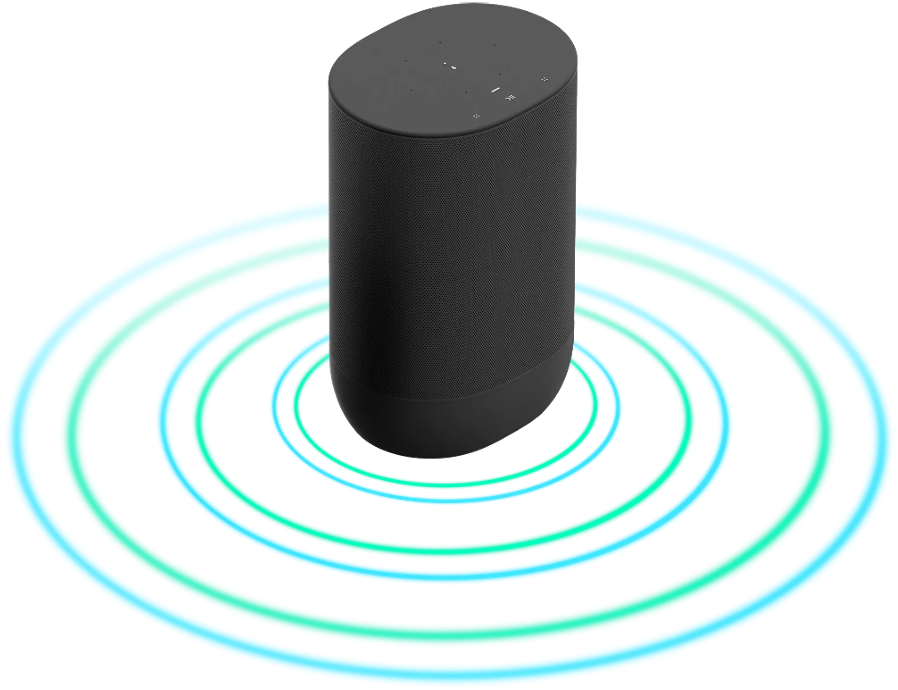Use case : Machine Learning Validation of models using treble SDK

The Treble SDK is a cutting-edge solution for efficiently evaluating and optimizing audio machine learning (ML) algorithms. It leverages high-fidelity simulations to assess algorithm performance and provides near-real-time, device-specific output rendering through post-processing. With a seamless and automated evaluation process enabled by its Python-based programmatic interface, the SDK can handle a vast array of acoustic scenarios. By replacing expensive and time-consuming physical measurements with virtual prototyping, Treble SDK significantly accelerates development cycles and enhances the accuracy of audio ML solutions.
In this tutorial we show how to setup a high quality physically accurate dataset, ideal for validation audio algorithms.